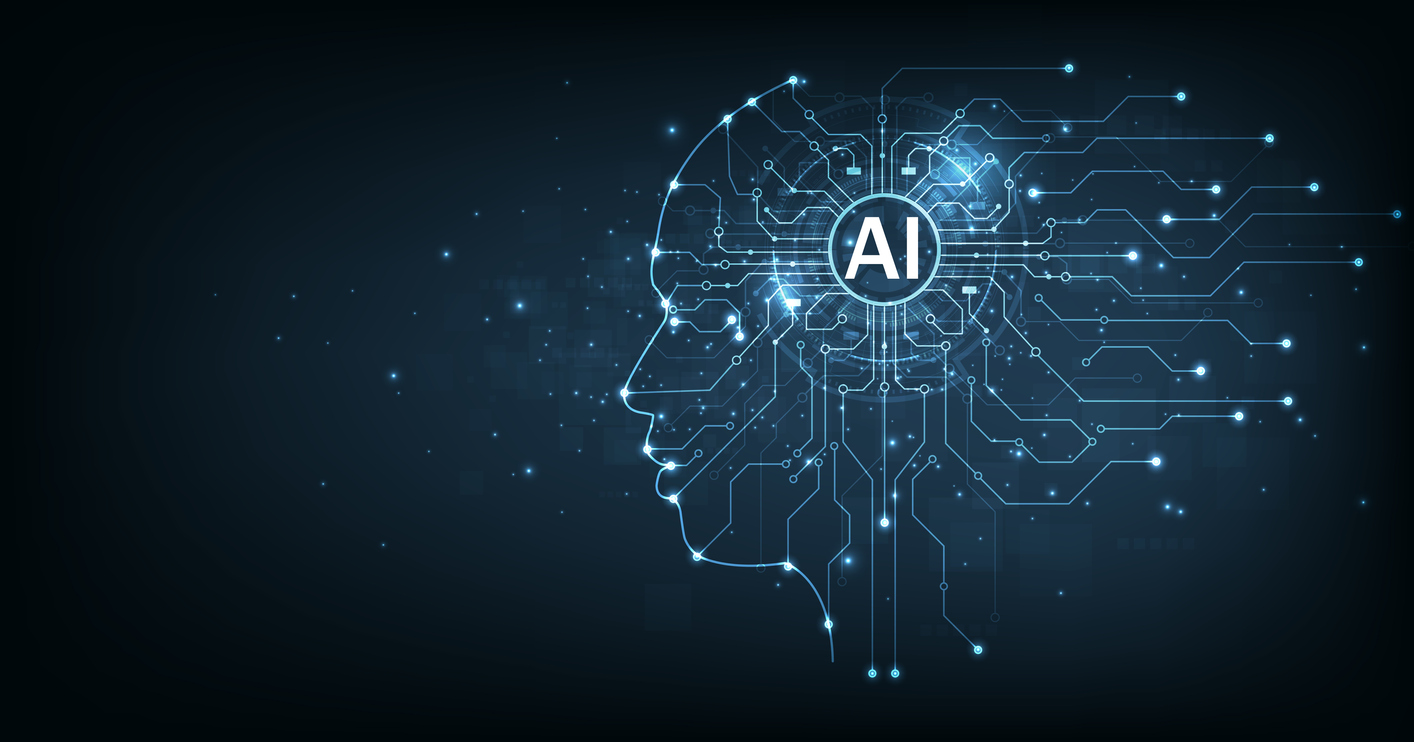The Scoop: OpenAI reveals text-to-video tool, Sora. Will anything ever be the same?
Plus: Documents say recycling movement was pure PR; does everyone deserve PR representation?

OpenAI is changing the game again. Thursday, it announced Sora, a tool that allows users to create minute-long, photorealistic videos based on text prompts. Sora will also be able to generate footage based on a still image, “animating the image’s contents with accuracy and attention to small detail. The model can also take an existing video and extend it or fill in missing frames,” according to OpenAI’s announcement blog post.
Introducing Sora, our text-to-video model.
Sora can create videos of up to 60 seconds featuring highly detailed scenes, complex camera motion, and multiple characters with vibrant emotions. https://t.co/7j2JN27M3W
Prompt: “Beautiful, snowy… pic.twitter.com/ruTEWn87vf
— OpenAI (@OpenAI) February 15, 2024
While the tool has not yet been released for public use, several sample videos give us a glimpse of what Sora could mean for the future. The videos are good – but not quite good enough to fool the eye yet. They have a slick, almost video game quality to them. It’s not entirely uncanny valley, but it’s not entirely right either. Still, some of the scenes could be useful as B-roll when getting physical footage would be cost prohibitive. As filler footage, they seem perfectly serviceable.
But this is only the first iteration. How much will the technology continue to change and evolve?
OpenAI said that the tool is “available to red teamers to assess critical areas for harms or risks. We are also granting access to a number of visual artists, designers, and filmmakers to gain feedback on how to advance the model to be most helpful for creative professionals.”
Why it matters: AI video tools already exist, but OpenAI has established itself as the major player in the generative AI space. When Sora is released to the public, expect an explosion of AI videos. As with all technology, some of it will be used for good (creative ad campaigns, new forms of art) and some of it will be used for evil (deepfakes, mimicking human creativity).
But in the PR space, it’s clear that these tools have the potential to make aspects of our jobs easier – or even possible on tight budgets. Creating social media videos can suddenly happen with just a few keystrokes instead of hours of filming. Missing frames or shots you forgot to get during a video shoot can be recreated without necessitating reshoots. And complex CGI will be available to the masses rather than a tool only for the largest budgets.
It’s up to us, the humans building and prompting these tools, to use them in the right ways and for the right reasons.
Editor’s Top Reads:
- Axios posed a probing question that has the communications community divided: Does everyone deserve PR representation? The query has come into sharper focus after Publicis paid $350 million in penance for its work promoting OxyContin, fueling the opioid epidemic. Some of the most controversial clients of today include tobacco companies, gun manufacturers and repressive governments. Still, some practitioners believe they can effect change through their counsel. “So why are we working for the Ministry of Culture of the Saudis, for instance?” Edelman CEO Richard Edelman told Axios, “Because we actually believe that our work is helping transform that country and that we’re part of the big change economically, socially, culturally.” Ultimately, make sure you can look yourself in the mirror and feel good about the work you do.
- Newly uncovered documents reveal that much of the recycling movement was designed as a PR stunt rather than an earnest attempt to improve the environment, NPR reported. Plastic manufacturers, including oil and gas companies, knew that recycling was more expensive than making new plastics and that it would not solve the problem of solid waste. Still, they knew it was good PR to help avoid new regulations, and even spawned the iconic “reduce, reuse, recycle” slogan. “We are committed to the activities, but not committed to the results,” a vice president at Exxon Chemical said in 1994. Industry group America’s Plastic Makers says the information is outdated and misleading.
- Fast food companies are pulling back on major price hikes as customers reach their breaking point with expensive meals, Business Insider reported. Price hikes are expected to return to pre-pandemic levels, with Shake Shack anticipating bumps of 2.5%, more in line with general inflation. From a PR perspective, brands are putting a renewed emphasis on value meals, like Taco Bell’s $3 and under value menu or McDonald’s D123 platform, which prices items at $1, $2 or $3, though some have criticized the burger giant for having very few items that actually cost $1.
Allison Carter is editor-in-chief of PR Daily. Follow her on Twitter or LinkedIn.








“As with all technology, some of it will be used for good (creative ad campaigns, new forms of art) and some of it will be used for evil (deepfakes, mimicking human creativity). ”
Per your own writing, a clear line connects the intrinsic relationship between LLMs and art. But really, how is art not an extension of human creativity? Demonstratively, how is art created by LLM not theft?